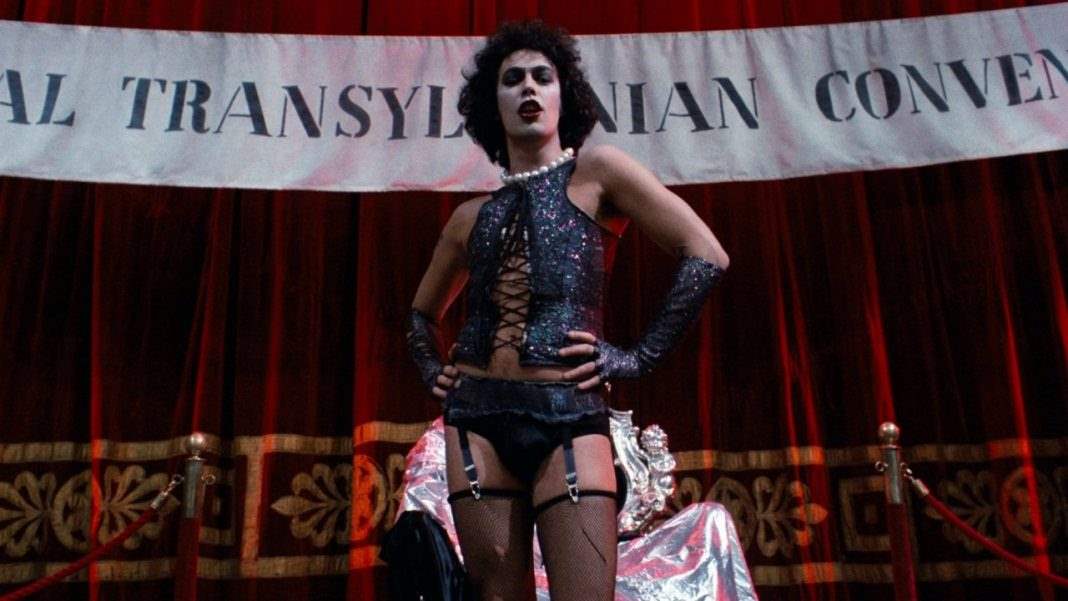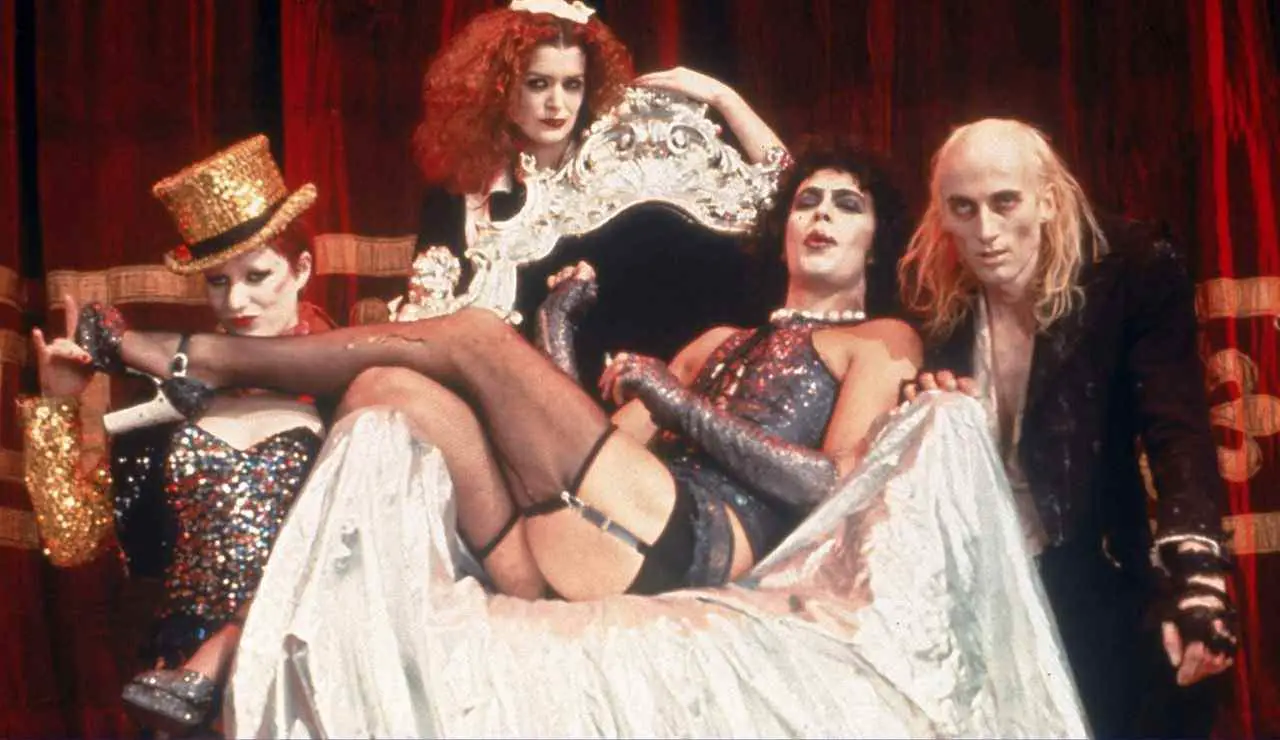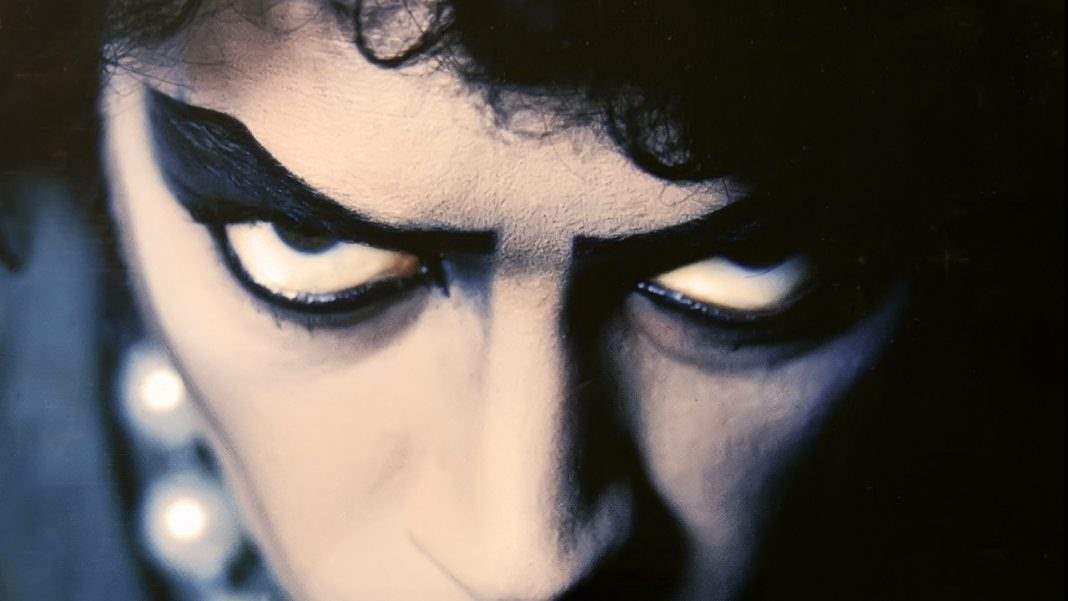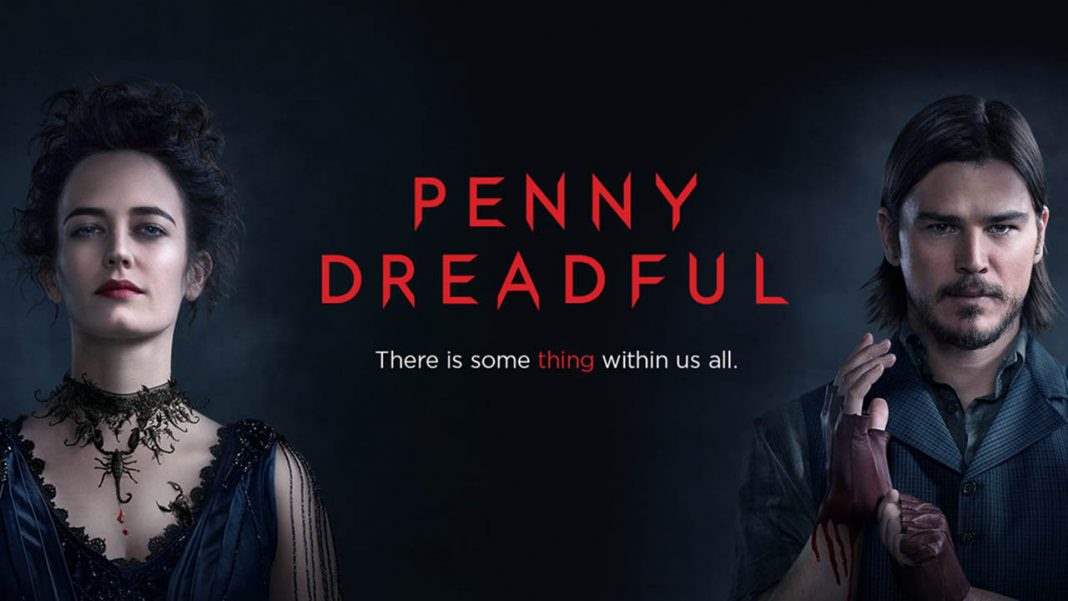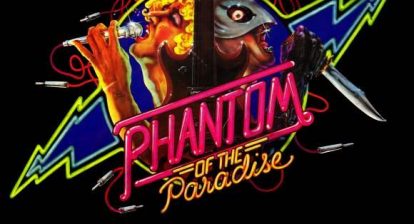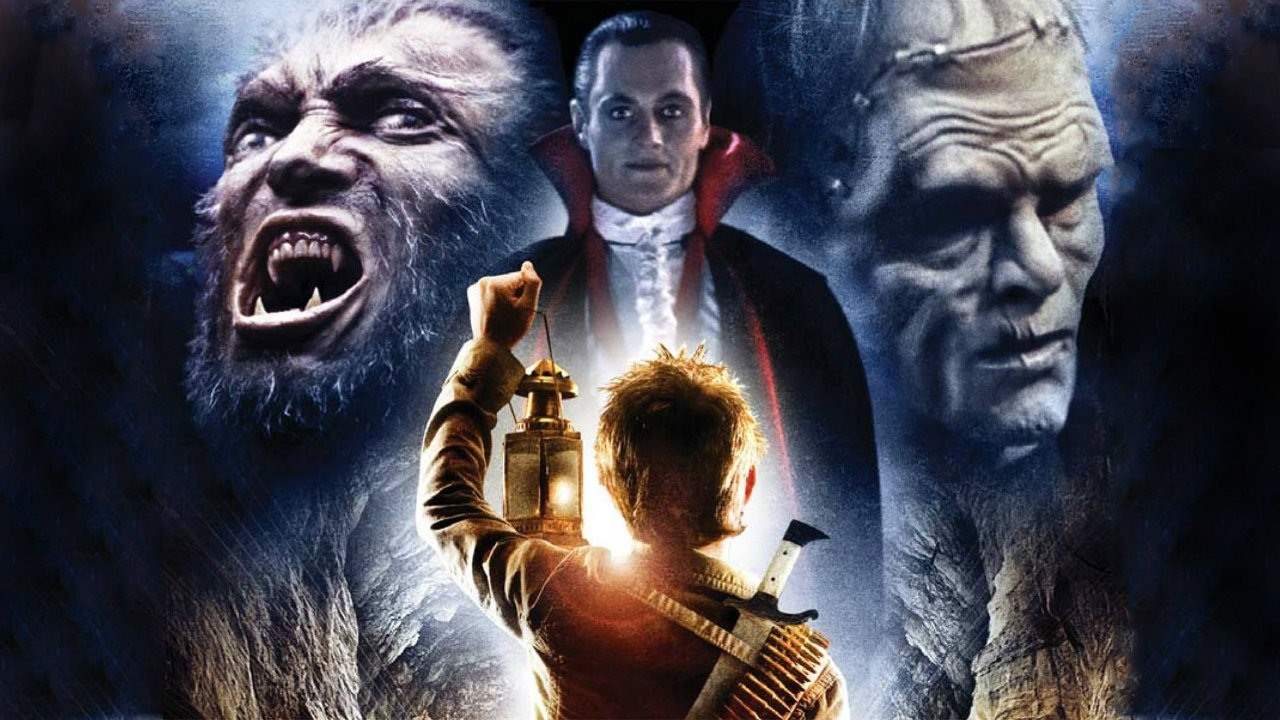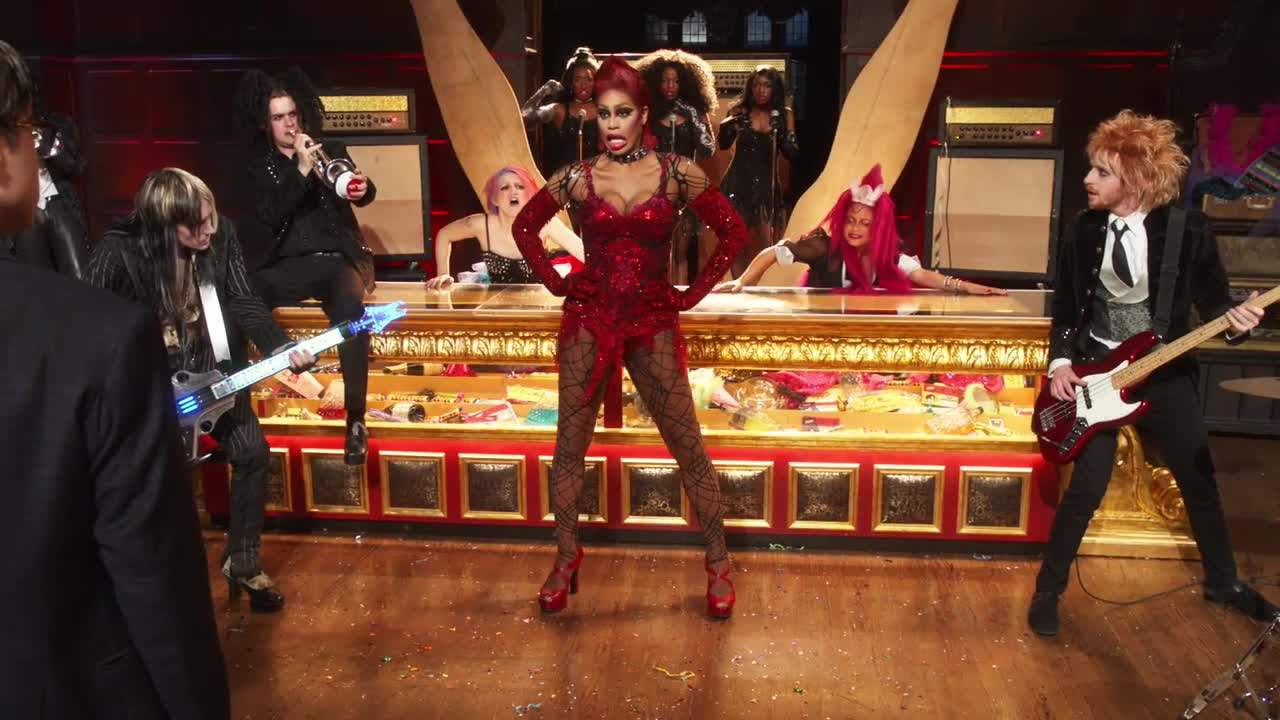Gothic horror has a longstanding tradition of being moody, melodramatic and—on film, at least—visually driven from its production design down to its costuming. When the silent era and the Universal monster movies established these standard elements, they became extremely prominent in the development of a then-new medium. Gothic horror is a well that modern filmmakers continue to go back to.
Did You Know? Wicked Horror TV Has Classic and Independent Horror Films Available to Stream for Free!
Still, the idea that all Gothic horror must be the same or fit all the same tropes or that—even if it does—has to all be the same is ridiculous. Gothic cinema is not only limited to ruined castles and old estates. It is a rich genre and some of the most unique stories have been about subverting those expectations. Whether it be by adding humor, by taking the monster out of the castle, or other unconventional means, here are eight movies that redefined what was possible in Gothic horror.
The Monster Squad
The Monster Squad brought together all of the classic monsters of the Universal era. You have Dracula, Frankenstein’s creation, the Mummy, the Wolf Man, and the Creature from the Black Lagoon all in a single film. But it brought them out of their traditional locations and into modern day 1987. While there is a prologue set in Transylvania, the rest of the movie is set in suburbia. It’s extremely modern and yet these classic characters are treated with total respect.
Waxwork
A little different approach than The Monster Squad, Waxwork presents a wax museum depicting all the classic horror monsters. When you enter the display, you enter the world of that creature. It’s a really interesting way to bring the older conventions into the modern era while still getting to literally play in that character’s respective world. Even in the modern sequences in Waxwork, there is an old-fashioned feel that ran down from David Warner’s hammy villain to Zach Galligan’s classic movie hero.

Bram Stoker’s Dracula
A movie that manages to be the closest adaptation of the book and the furthest thing from it at the same time, Francis Ford Coppola’s Dracula shifts focus from long shadows and heavy atmosphere to create a lavish film oozing with bright colors and overt sexuality. It works, though. It actually works really well and has become one of the most interesting adaptations of Stoker’s classic tale to date. The amalgamation of adhering to period tone and styles while showcasing all the sex and monsters has proved to have a lasting effect.
The Fog
John Carpenter’s The Fog is not traditionally thought of as a Gothic horror story, but it was Carpenter’s homage to classic ghost stories. It is perhaps the director’s most atmospheric film. The Fog is brooding and low-key, yet it still carries its share of shocks. And at the same time we have plenty of Gothic melodrama in the form of the tragic backstory meant to provide the ghosts with their motivation.
Related: The Fog is an Impressive and Under-Appreciated Ghost Story!
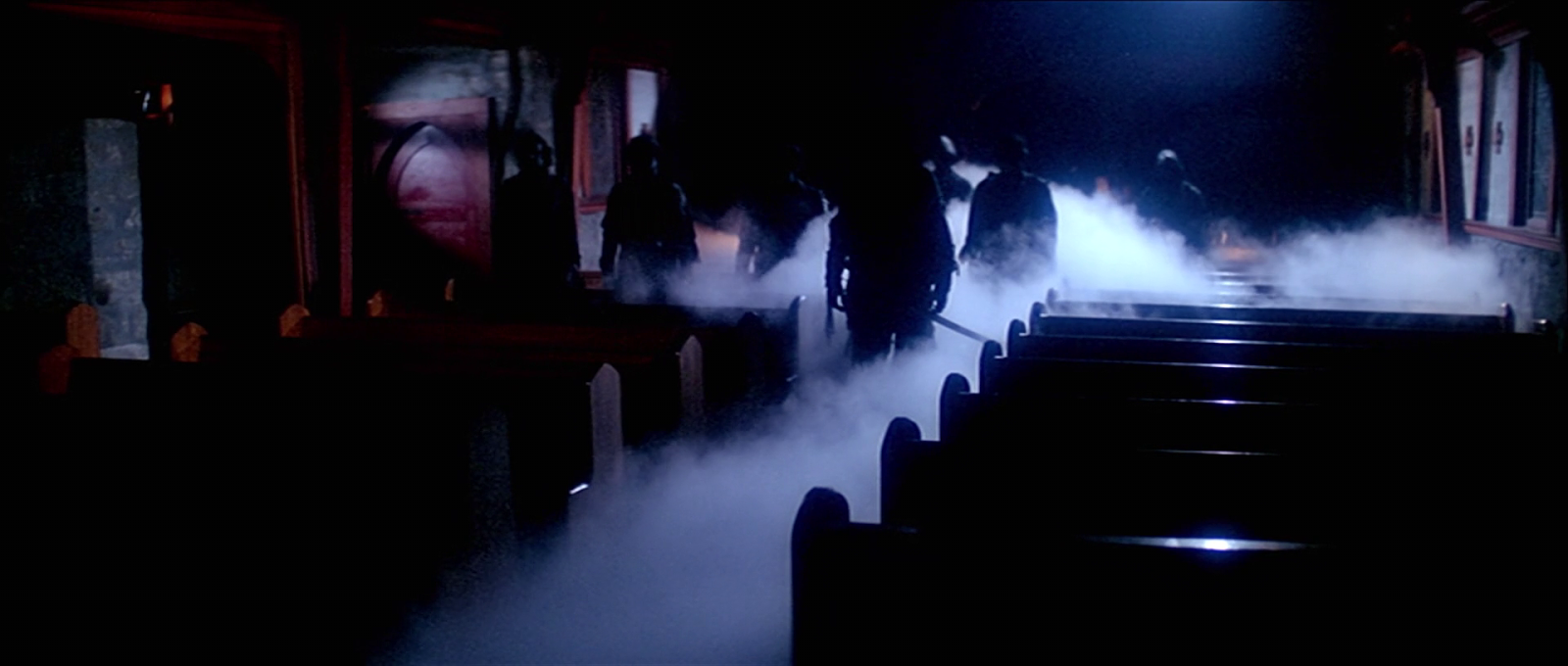 The Vampire Lovers
The Vampire Lovers
The Vampire Lovers does a very similar thing to Bram Stoker’s Dracula in that it is a more lavish production with much, much more overt sexuality than the norm. It gets more credit, though, because it is still a part of the Hammer horror era. And even though the Hammer movies were often sexy, they were never this sexy. The Vampire Lovers really goes the extra mile in that department.
 House by the Cemetery
House by the Cemetery
House by the Cemetery is a very Italian take on the prototypical haunted house story except instead of a ghost, the house is haunted by a mutant zombie that lives in the basement. Still, there’s an impressive sense of dread and a thick atmosphere that hangs over the whole production. It is also much, more gorier than the usual Gothic horror movie. But that just makes it a perfect blending of paranormal horror and Italian splatter.
 Gothic
Gothic
Ken Russell’s Gothic breaks tradition simply by being a Ken Russell film. This director never did anything traditionally if he could help it. It’s a semi-biographical retelling of the infamous retreat in which Frankenstein was first formed, with Mary Shelley, Percy Shelley, Lord Byron, and John Polidori all telling ghost stories to pass the time. Even for those who know the history, it’s not what you’d expect. This is very much a Ken Russell retelling of those events and is all the better for it.

The Rocky Horror Picture Show (1975)
The Rocky Horror Picture Show is all about breaking the conventions of Gothic horror. That’s its mission statement. And in this, it succeeds admirably. There’s still a love for the early days of Gothic cinema present throughout. With all of the themes of differences being repressed from society, and repression in general, Rocky Horror strives in some ways to be the movie those early Gothic pictures would never let themselves be. That doesn’t mean it isn’t one, or that it doesn’t belong in those ranks. Instead, it makes The Rocky Horror Picture Show the most unconventional Gothic horror film ever made.
